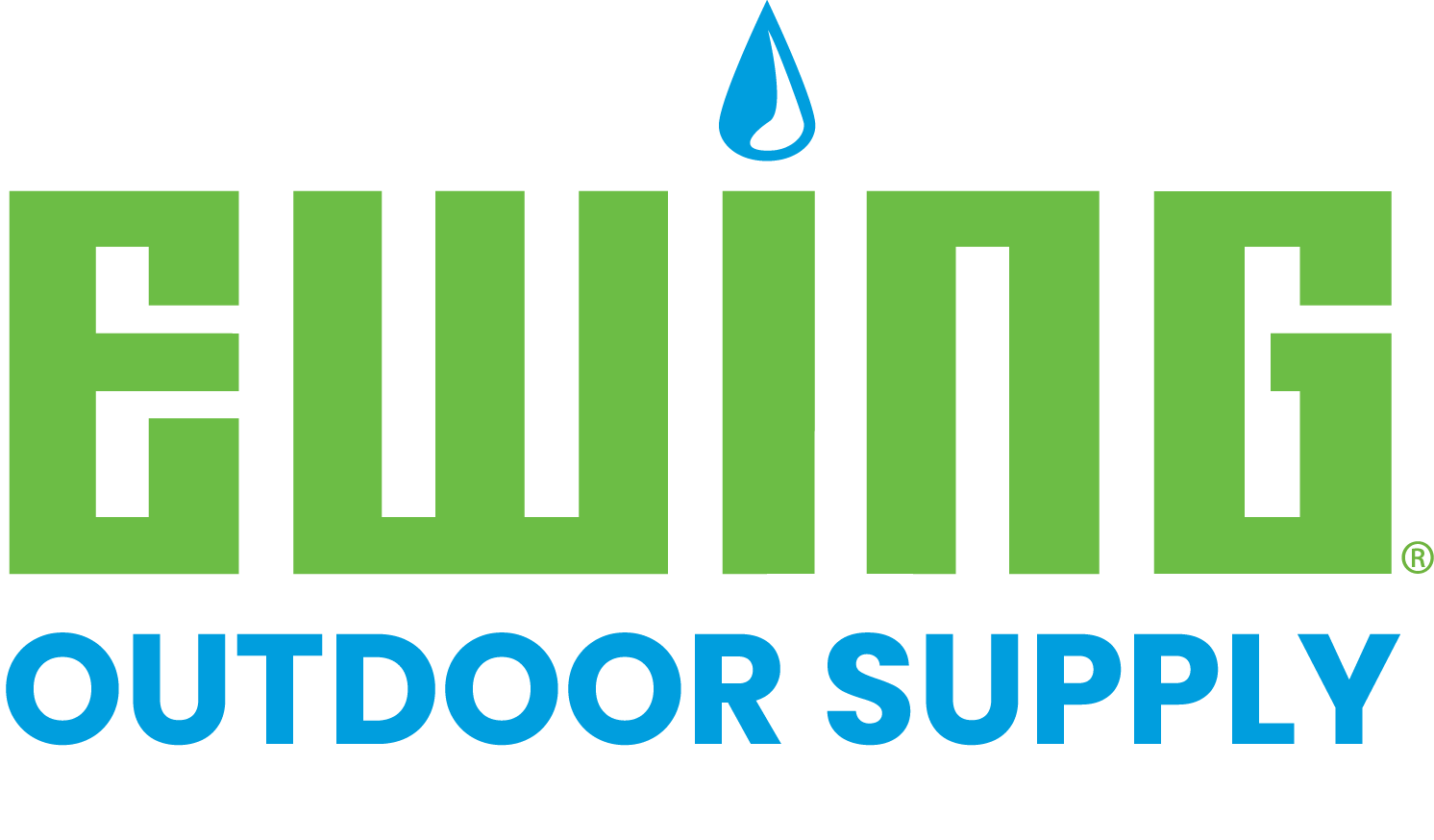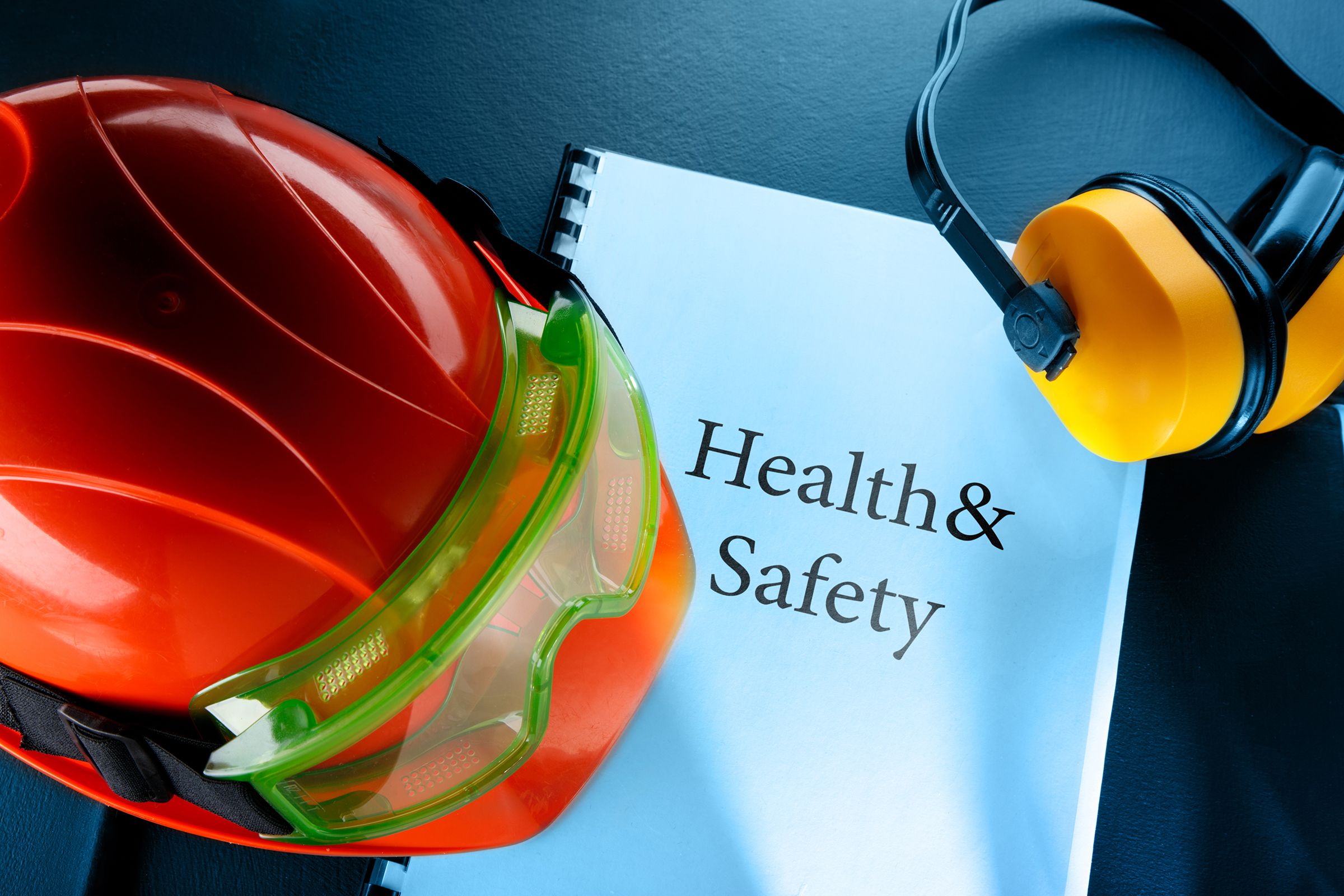When you hear the term “safety meeting,” you might imagine someone speaking in a monotone about topics like first aid, equipment uses, or safe driving. But safety meetings don’t have to be dull or one-sided. In fact, they can be one of the most valuable tools for keeping your team safe, informed, and engaged.
Safety meetings are a chance to highlight important health and safety issues, reduce risks, and open the door for real conversations about on-the-job concerns. They’re not just a box to check, it’s an opportunity to build a culture where safety is part of everyday work.
Here are five practical tips to help you run safety meetings that actually make an impact.
Schedule Them Consistently
Make your meetings mandatory and hold them on a regular schedule. Whether that’s weekly, biweekly, or monthly, consistency shows your team that safety is a priority. It also gives employees a predictable time to bring up issues or ask questions.
Keep It Focused
Choose one topic per meeting. Focus helps keep the message clear and memorable. Select something relevant, like a common safety issue in your workplace, a new process or tool, updates to regulations, or a seasonal reminder—like staying cool in the summer heat.
Prepare With Purpose
Once you’ve chosen your topic, take time to research. Make sure you’re familiar with any regulations, procedures, or best practices related to the subject. If OSHA has specific guidelines, include them. Consider bringing printed handouts so your crew has something to reference later, especially if you’re introducing new information.
Make It Interactive
Avoid turning your meeting into a lecture. Start strong and find ways to keep your team involved. Use a quick video, run a short activity, or demonstrate a safe work practice in real time. You can even gamify the session or wrap it up with a Q&A. The goal is to make the message stick, not just get through it.
Keep It Short & Effective
Time is valuable. A safety meeting doesn’t have to drag on to be effective. Even a 10- or 15-minute session before heading out to a jobsite can deliver important reminders and reinforce good habits. Focus on quality, not length.
Start planning your next safety meeting with these tips in mind and show your team that their well-being matters. Already running regular safety meetings? Share your wins and challenges in the comments—we’d love to hear how it's going.




